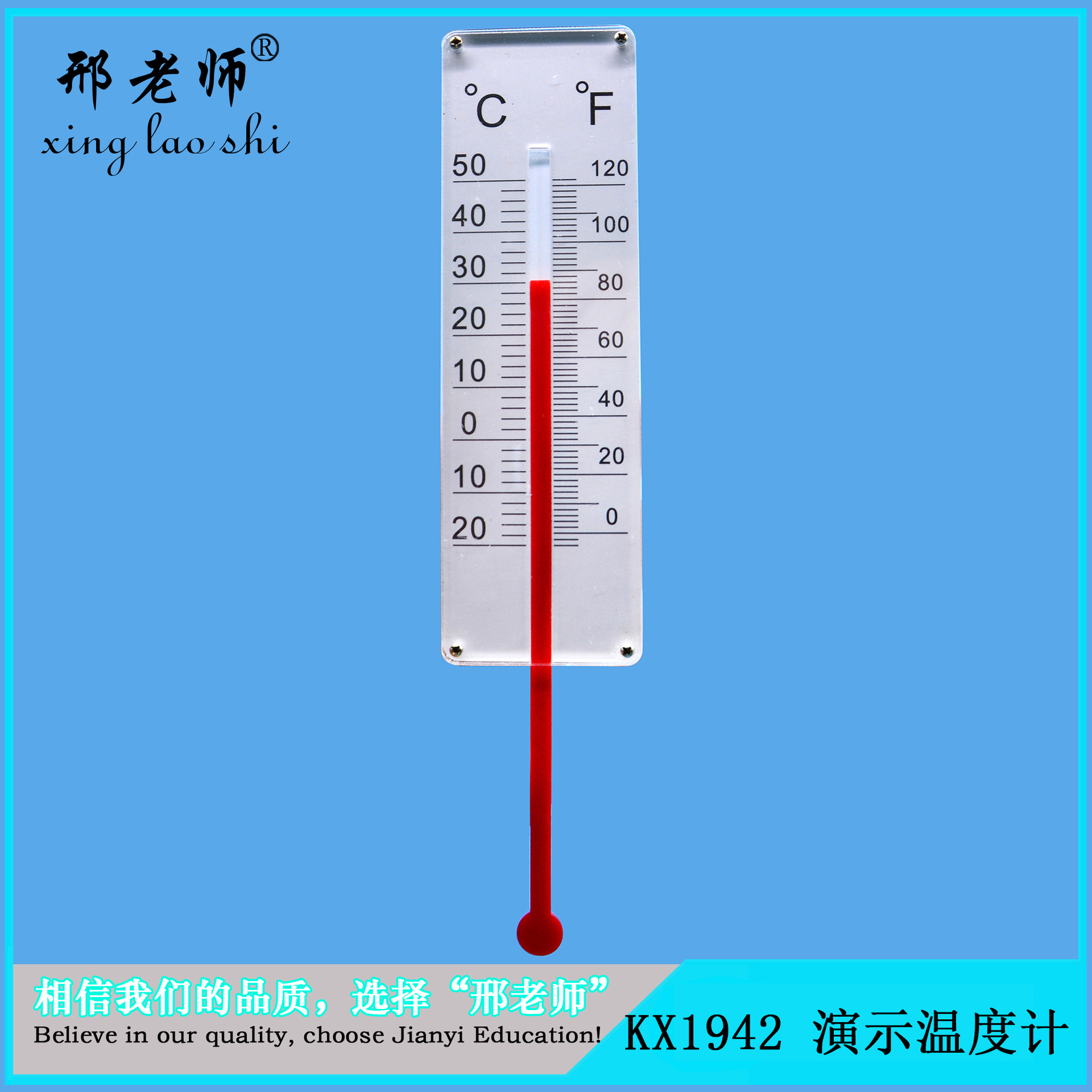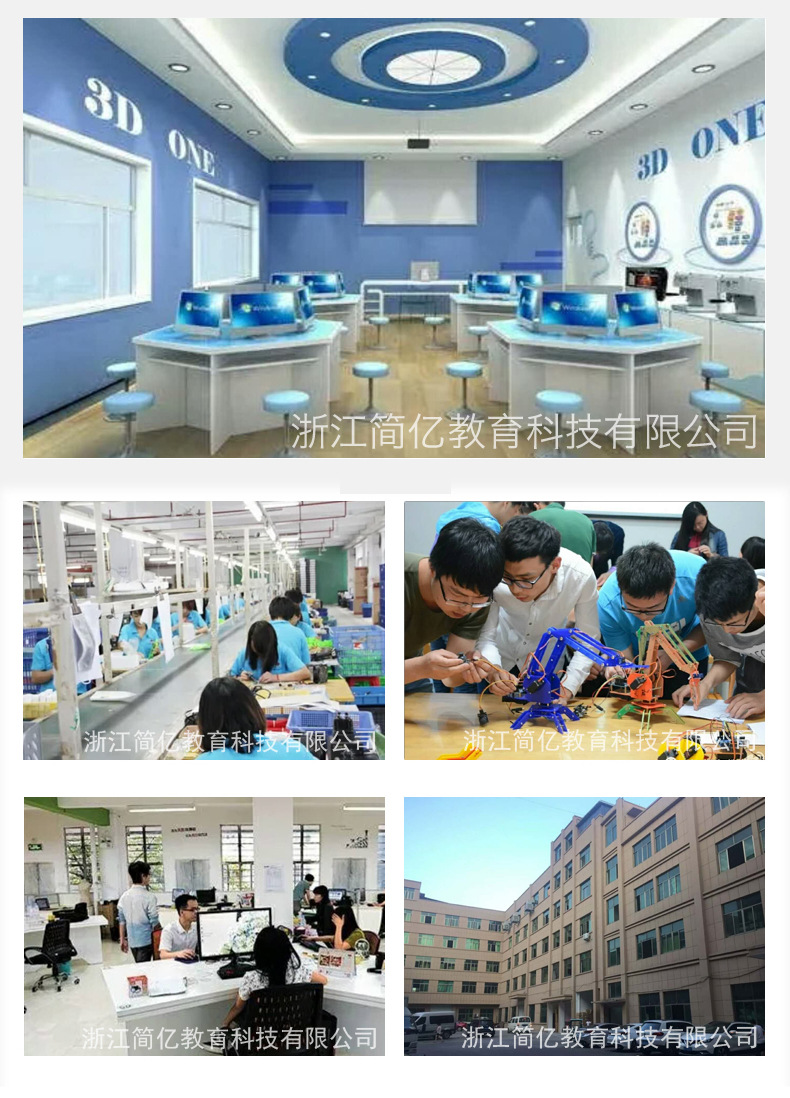
Search history
Clear allSearch by image
XDrag and drop an image here or upload an image
Max 5MB per image
UploadSign In | Join

Search history
Clear allSearch by image
XDrag and drop an image here or upload an image
Max 5MB per image
UploadSign In | Join
X Email Mobile
| Number | Unit-price | Total | |||
| I want to buy: | × | 8.5 | = | 0 |
A new item has been added to your Shopping Cart. You now have items in your Shopping Cart.
Direct factory mass custom can contact: 15858994086




Product Name: KX1942 Demonstration Thermometer
Product Code: KX1942
Size: 200*50*8mm
Weight: About 120g
Material: Acrylic + Paper
Color: transparent + white + red
Battery Required: No
Packing: 500pcs
Box Specification: 600*450*550mm
A thermometer is a tool that can accurately judge and measure temperature, which is divided into a pointer thermometer and a digital thermometer. Due to the difference in the purpose of use, a variety of thermometers have been designed and manufactured. The design basis of thermometers includes: the phenomenon of thermal expansion and contraction of solids, liquids, and gases due to temperature changes; in a constant volume condition, the pressure of gases (or vapors) changes due to different temperatures; the role of the thermoelectric effect; the change of resistance with temperature; the influence of heat radiation, and so on.



The thermometer was invented in 1593 by the Italian scientist Galileo Galilei (1564~1642). His thermometer was a glass tube with one end open and the other end with a glass bubble the size of a walnut. When using it, first heat the glass bubble, and then insert the glass tube into the water. As the temperature changes, the water level in the glass tube will move up and down, and the amount of movement can be used to determine the change and height of the temperature. Since the thermometer has the effect of thermal expansion and contraction, it is greatly affected by external factors such as atmospheric pressure, so the measurement error is large.
Later, Galileo's students and other scientists improved this principle repeatedly, such as inverting the glass tube, placing the liquid inside the tube, and sealing the tube. One notable improvement was the thermometer made by the Frenchman Baille in 1659, which reduced the volume of the glass bubble and changed the measuring material to mercury, forming the prototype of a thermometer. Subsequently, in 1709, the Dutchman Willem 's Gravitation used alcohol, and in 1714, he used mercury as the measuring material to create a more accurate thermometer. He observed the boiling temperature of water, the temperature when water and ice mix, and the temperature when salt water and ice mix. After repeated experiments and verification, he defined the temperature at which a certain concentration of salt water freezes as 0°F, the temperature at which pure water freezes as 32°F, and the boiling temperature of water under standard atmospheric pressure as 212°F. The symbol "°F" represents the Fahrenheit temperature scale, which is the Fahrenheit thermometer.
At the same time as the Fahrenheit thermometer appeared, the Frenchman Rémus (1683~1757) also designed and manufactured a thermometer.
He believed that the expansion coefficient of mercury was too small to make it suitable for temperature measurement. He devoted himself to studying the advantages of using alcohol as a temperature-measuring substance. Through repeated experiments, he found that alcohol containing 1/5 water expands in volume from 1000 to 1080 individual units between the freezing and boiling points of water. Therefore, he divided the interval between the freezing and boiling points into 80 parts and set these as his temperature gradations for his thermometer, which is known as the [1] Rée temperature scale.
The Fahrenheit thermometer was developed after more than 30 years, and in 1742, the Swedish scientist Anders Celsius improved the original thermometer of Daniel Gabriel Fahrenheit. At the same time, the Swedish astronomer Anders Celsius's colleague, Anders Chlemens, reversed the values of the two temperature points (i.e., boiling point 100 degrees, freezing point 0 degrees) to form the centigrade temperature scale, which is also known as the Celsius scale and is represented by the symbol ℃. The relationship between Fahrenheit and Celsius temperatures is ℉ = 9/5℃ + 32, or ℃ = 5/9 (℉ - 32).













Zhejiang Jianyi Education Technology Co., Ltd.
Zhejiang Jianyi Education Technology Co., Ltd. (formerly Yifei Toy Factory)Established in 2007, the current brand "XING TEACHER" and "JIAN YI". Over the past 10 years, our company has made unremitting efforts to make the enterprise gradually mature; Our company is a member of the Ministry of Education Teaching Equipment Industry Association, a backbone enterprise of Zhejiang Province Teaching Equipment, and the company has been awarded the "Heavy Contract and Credit-Keeping" unit for three consecutive years by Jinhua City. In 2014, it was awarded the "Jinhua Teaching Instrument Industry Advanced Collective" by Zhejiang Province.
Zhejiang Jianyi Education Technology Co., Ltd. is a high-tech enterprise that integrates modern scientific research and development of educational equipment, curriculum design, teaching resource integration, and technical services. Zhejiang Jianyi Education Technology Co., Ltd., with high-tech products and modern educational equipment, has established itself in the education industry. Our products are sold all over the country and have been exported to Europe, America, Japan, and South Korea. After years of accumulation, the company has begun to take shape. In terms of technological innovation, the company has professional design personnel engaged in the research and development of complete sets of educational products and the upgrade of existing products; in production, management, and installation services, the company strictly implements the ISO9001 international quality assurance system standards; in marketing, the "Xinglaoshi" products have been entered into many provinces and cities in the country and enjoy a good reputation; for many years, it has provided high-quality, advanced, professional series of modern teaching equipment and professional equipment research and development custom services for the education industry. With excellent, high-quality professionals and perfect after-sales service quality, the company has established a good corporate image. The "Xinglaoshi" educational physics series, chemistry series, photovoltaic, wind energy, geography, biology, art, and other products have been successfully bid for many times in the education bureau tenders. Zhejiang Jianyi Education Technology Co., Ltd. will continue to adhere to the business philosophy of "quality is the best, service is the most diligent, and being honest in life," and adhere to the development policy of "Xinglaoshi" culture, brand, and career. To provide excellent equipment and high-quality services for school teaching and research.We are willing to work closely with new and old friends at home and abroad, join hands to move forward, and devote our utmost efforts to serving education and contributing to educational causes.

Before assembling, please check if the circuit is unblocked and all the components are complete. Ensure that all contact points are in good contact. During the assembly process, be careful not to get glue on your clothes or skin. Keep the parts out of reach of younger siblings to prevent accidental ingestion! Do not play with them on your head, to avoid the model falling and injuring you!


Update time:
TOP